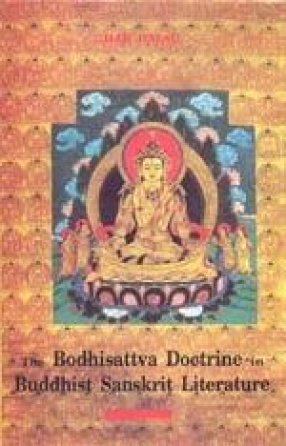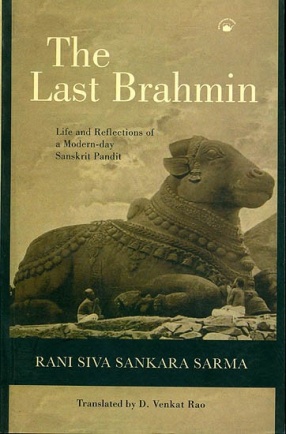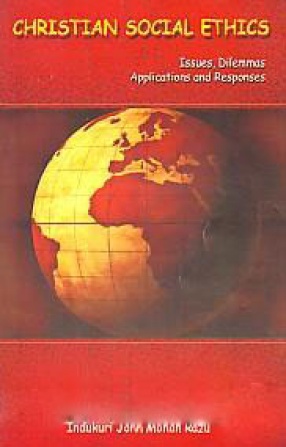The Bodhisattva Doctrine in Buddhist Sanskrit Literature
In stock
The work describes the nature of the Bodhisattva doctrines with particular stress on the distinct characteristics of arhat, bodhisattva, and ravaka. It recounts the different factors including the influence of Persian religious cult, Greek art and Christian ethics that contributes to the doctrine. The present work consists of seven chapters that deal with the Bodhisattva doctrine as expounded in the principal Buddhist Sanskrit Literature. Chapter I : Describes the nature of the Bodhisattva doctrine with particular stress on the distinct characteristics of arhat, bodhisattva and sravaka. Chapter II : Recounts the different factors including the influence of Persian religiocult, Greek art and Christian ethics that contributed to the rise and growth of the Bodhisattva doctrine. Chapter III : Expounds the production of the thought of Enlightenment for the welfare and liberation of all creatures. Chapter IV : Describes thirtyseven practices and principles conducive to the attainment of Enlightenment. Chapter V : Explains the ten perfections (Paramitas) that lead to welfare, rebirth, serenity, spiritual cultivation and supreme knowledge. Chapter VI : States different stages of spiritual progress in the aspirant’s long journey to the goal of final emancipation. Chapter VII : Relates the events of Gautama Buddha’s past lives as bodhisattva. The book contains comprehensive notes and references besides a general index appended at the end. It is written in a very lucid style that speaks of the writer’s scholarly acumen and mastery of literary art.





There are no reviews yet.